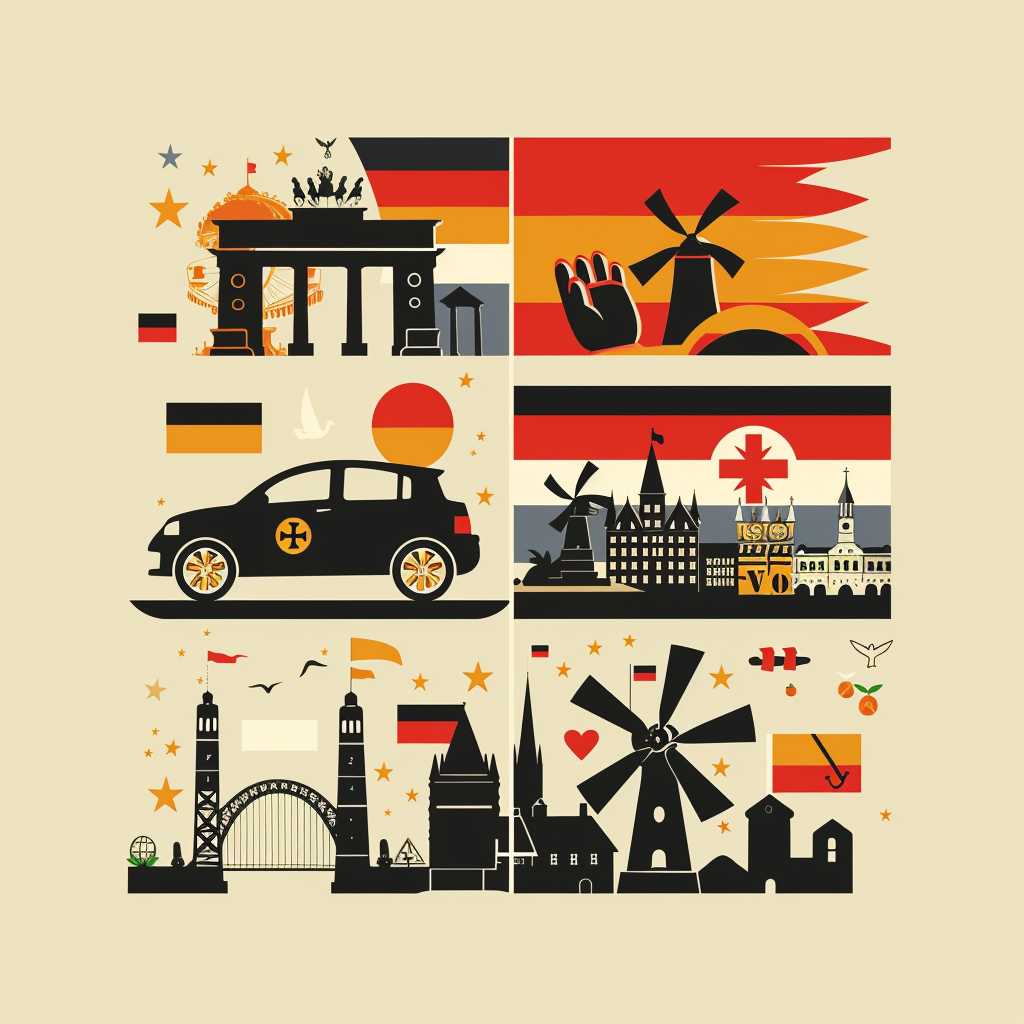Germany vs Netherlands: A Comparative Study of Two Influential European Nations
Germany and the Netherlands, both renowned for their influence in Europe and the world, present a fascinating comparison in various spheres such as economy, culture, politics, and international relations. This comprehensive article analyzes these two prominent European nations in depth, exploring their similarities and differences to offer insights into their unique roles on the global stage.
Geography and Population
Germany is situated in Central Europe and is the continent’s most populous nation, except for Russia, with an extensive territory that encompasses various landscapes from the North Sea coastline to the Alps in the south. The country is known for its significant urban areas like Berlin, its capital, Munich, Hamburg, and Frankfurt. Conversely, the Netherlands is located in Northwestern Europe and is characterized by its flat terrain, much of which is below sea level, protected by an extensive system of dikes. The country has Rotterdam, known for its major port, The Hague which houses the government and royal family, and Amsterdam, its capital.
Economics: Powerhouses of Europe
The economic structures of Germany and the Netherlands differ yet underpin the strength of the European economy. Germany stands as Europe’s largest economy and one of the main global economic powers. It is highly industrialized with a strong focus on exports of automobiles, machinery, chemicals, and electronics. Germany’s robust manufacturing sector has historically contributed to its substantial export surplus.
The Netherlands may be smaller in economic size compared to Germany but nonetheless plays a pivotal role in European trade. Known as the gateway to Europe due to Rotterdam’s port—the largest in Europe—the country boasts a highly developed economy that is reliant on foreign trade, services, logistics, and technology sectors.
Political Structure and Influence
Both countries are parliamentary democracies. Germany is a federal republic comprising 16 states (Bundesländer) each with its own constitution. Angela Merkel’s long tenure as Chancellor added significant stability into German politics; although Germany practices proportional representation leading to coalition governments. The Netherlands operates as a constitutional monarchy with a bicameral parliament and also frequently has coalition governments due to its multiparty political spectrum.
Internationally, Germany’s role has grown since reunification in 1990 to become one of the major voices within the European Union alongside France. Likewise, the Netherlands is influential gaining a reputation for diplomacy and international law due to hosting important international institutions such as the International Court of Justice in The Hague.
Cultural Aspects and Lifestyle
German culture is known for classical music with composers like Beethoven and Bach, philosophy with figures like Kant and Nietzsche, as well as Oktoberfest—a yearly beer festival originated in Munich. German proficiency in football also garners notable attention.
In contrast, Dutch culture emphasizes centuries-old traditions including painting—hallmarked by artists such as Rembrandt and Van Gogh—and cycling as a predominant mode of transport. The Dutch also underline liberal social policies that often make them stand out within Europe.
Environmental Policies: Ambitions Towards Sustainability
Environmental initiatives differ between these two advanced nations too. Germany has pursued ambitious climate policies like Energiewende (energy transition), aiming to reduce greenhouse gas emissions by transitioning away from fossil fuels towards renewable energy sources.
The Netherlands is facing unique environmental challenges like rising sea levels due to much of its land being below sea level; thus it invests significantly into water management technologies while also committing to renewable energy sources.
Notes
In conclusion, while both countries share many common Western European values and membership in transnational entities such as NATO and the EU, their economic strengths, cultural distinctions, and political roles embody just how distinct each country remains within many dimensions of comparison.
